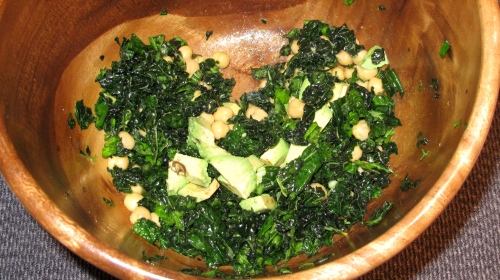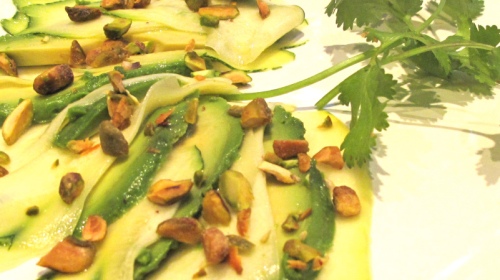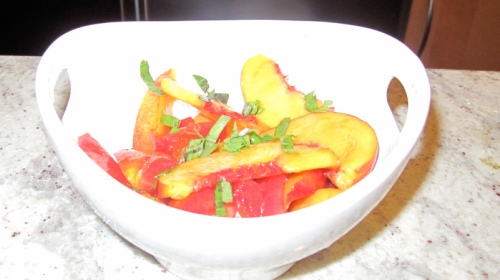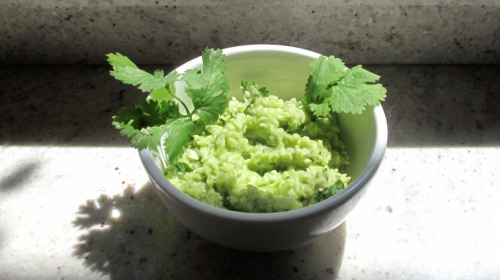Almond Apricot Nibs
The search continues for my favorite energy ball recipe. This one is great because the cinnamon and almond extract give these a distinctive flavor. What’s your favorite combo? Enjoy!
Ingredients:
1/2 cup-ish almonds
1/2 cup-ish cashews
1/4 cup dried apricots
4 medjool dates, pitted
1/2 cup-ish coconut flakes
Pinch sea salt
1/2 tsp. ground cinnamon
1 tsp. organic almond extract
3/4 cup-ish nut/seed butter
Method:
Add all the ingredients but for the nut butter to a food processor and blend until desired consistency (large grainy is probably best).
Pour into a large bowl and add the nut/seed butter and stir until well-mixed.
Using a spoon and/or your hands, form into balls and put into large glass tupperware with lid.
Allow to chill and harden in the fridge for at least 15 minutes.
Benefits:
Almonds: Almonds are a Supernut. High in monounsaturated fats (associated with reduced risk of heart disease), almonds contain high amounts of vitamin E, magnesium, and potassium. They are also high in protein, which makes them an ideal snack. See here for more health benefits and nutritional information. Many suggest that soaking nuts (and grains, legumes, and seeds) before consuming them enhances their nutritional quality.
Apricots: Apricots are rich with beta-carotene and fiber, both of which help promote heart health. They are also good sources of vitamins A and C. See here for more health benefits and nutritional information.
Cashews: Cashews have a lower fat content than most other nuts, and approximately 75% of their fat is unsaturated fatty acids. What’s more is that about 75% of this unsaturated fatty acid content is oleic acid, the same monounsaturated or “good fat” found in olive oil. This super nut is also packed with copper, manganese, magnesium, and tryptophan (the “feel good” amino acid”). See here for more health benefits and nutritional information. Many suggest that soaking nuts (and grains, legumes, and seeds) before consuming them enhances their nutritional quality.
Coconut: Coconut is highly nutritious, rich in fiber, vitamins, and minerals. Both modern and traditional medicine have recognized coconut as having antiviral, antibacterial, and antifungal properties. Meanwhile coconut provides a nutritional source of quick energy, and can be used to enhance endurance and physical performance. Coconut is also soothing to the digestive tract, and aids in absorption of other nutrients within the body. See here for more health benefits and nutritional information.
Dates: Dates are rich with vitamins and minerals such as Vitamin A, calcium, iron, potassium, manganese, and copper. They are also high in other antioxidants such as beta carotene and lutein, which help protect and nourish our cells. But they’re high in sugar, so a dab’ll do ya. See here for more health benefits and nutritional information.










